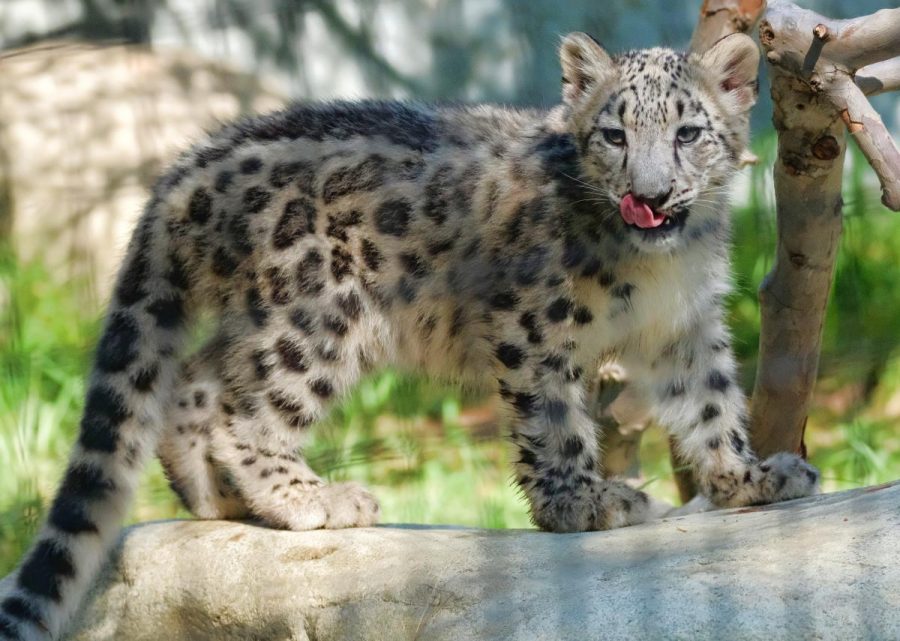By Salena Von
Contributing Writer
Deep within a South African cave, a new species of human ancestors has been discovered, a finding that would not have come to light if it had not been for Professor Lee Berger. Berger led a team of young scientists into the Rising Star cave near Johannesburg to cultivate any fossils hidden inside. The young scientists were a unique group; all of them were women.
The situation came to be when Berger found out that the caves had slender pathways, one named “Superman’s Crawl” and the other “Dragon’s Back”. As a pudgy man, he knew that he and his other colleagues would not be able to make the trip. Berger put out an ad seeking out scientists with cave experience and scientific credentials.
After six were chosen, they went to South Africa. They set up tents and a command center near the cave and had the cameras attached to the six young women. The cameras were used so that Berger and his team could see what the climbers saw and advised them through the tough terrain. As they worked and dug out fossils, it soon became apparent that this cave was special. In it was not just one skeleton, but at least 15 individuals, most of whom had bones that were well-preserved. There were bones that came from infants, juveniles, and elderly adults.
This led to many suggestions on how the fossils got there. Was it through floods that brought the bodies into the cave? There were no stones that would have been carried by the water, so that was improbable. Were they living in this cave? There was no evidence of tools made from stones or remains from meals, so that is a negative. The specimens were not hunted by predators; there were no tooth marks on any of the fossils.
That only meant one thing, which shocked everyone on the expedition. This species was deliberately leaving its own kind in the cave, essentially “burying” them. This ritual was only known to occur among Homo sapiens, but this discovery may lead to a change in the way we view our evolutionary tree.

(Photo from National Geographic)
Homo naledi, on average, was about five feet tall with long legs and arms, and had a small head compared to the rest of its body. Its skull is much smaller than our own, only able to carry a brain the size of an orange. The remarkable features of this species were its hands and feet. Its hands were so modern that it had a thumb, wrist, and palm bones similar to ours, but its fingers were long and curved, which meant that H. naledi were still accustomed to climbing trees. The feet, on the other hand, could even be mistaken for our own.
Alas, H. naledi were still animals. They were merely primates with humanlike body parts. H. naledi were on the edge of the boundaries between Australopithecus and Homo. Berger and his team have yet to date how old the species is.
Through these findings, one has to give thought as to how our evolutionary tree came to be. Did we evolve from one species, or did our ancestors branch out into other different species until they were brought back together all those centuries ago? For now, we can only look at the present and see how much further we can go, into the future and the past.



















